Perception
Voice of Fire
 I visit this painting often at the Canadian National Gallery.
I visit this painting often at the Canadian National Gallery.
I enjoy this painting and I know a lot of people make remarks like “My kid could do that” or “I could have done that”. So many people dismiss this painting without even looking at it for 5 seconds.
Here are a few facts about it.
- Newman does not consider it to be three stripes. He considers the center strip to be a “zip” that creates structure in his work.
- The painting was purchased by the National Gallery for 1.8 million dollars in 1990. At 540 cm × 240 cm (213 in × 94 in) that comes out to a bargain at $13.89 per square cm ($89.90 a square inch).
- Voice of Fire is estimated to be worth 40 million.
- If you relax and gaze at the right edge of the zip you may experience heat emerging from the edge. This is due to your eye’s natural inability to stay still.
- If your eyes switch from one edge of the zip to the other (a natural saccade), you will experience an extreme color change.
- The work was commissioned for Expo 67. It was installed in a dome designed by inventor, architect Buckminister Fuller.
What I really enjoy about this painting is that it exploits idiosyncrasies of human perception. You can perceive heat or brightness changes of the bars while looking at it. We know that it is a perfectly static painting and these perceptions of change aren’t real. But they are still part of our perception.
You could stand beside someone who is also looking at this painting and you know that when they see a change that you can’t necessarily see it. It reminds me that our ability to perceive our environment is fragile and unreliable.
In a case like viewing this work it’s clear where reality ends and perception begins. But when this effect enters your life otherwise you may not notice. You might become alienated from others because you don’t understand their perception of things. Or you may embrace the differences knowing it’s necessary.
An analogy I often use is the story St. Paul on the road to Damascus. Scientists may argue that he didn’t see what he thinks he saw. But I think it’s more constructive to see this as an experience that someone reported rather than just facts or not facts. I use this analogy even though I actually believe that this vignette is just symbolic of a change of heart and not to be taken literally anyway.
The Smiths
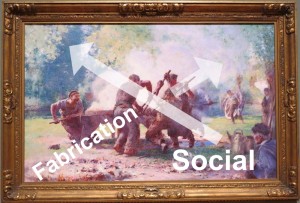 I also visit The Smiths on a regular basis. I’m really thrilled by this painting.
I also visit The Smiths on a regular basis. I’m really thrilled by this painting.
Purpose
I remember the very first time I saw this painting many years ago. I felt like there was a sense of urgency and importance in work being carried out (construction of wooden wheels). I also imagined that the work was physically difficult yet required finesse and skill. I imagined that the wheels being made had an important purpose.
It looked scorching hot in the sun hot in the shade. I imagined also the heat coming from the metal straps and humid situation (water on the ground) being unbearable yet the workers show a lot of drive.
I didn’t know why it was so riveting but I’ve been visiting it regularly for a about 15 years.
Social Diagonal
Also on the subject matter I eventually started to see a team and social aspect across one diagonal. The man at the far left is directing and collaborating with the cluster in the middle.
Fabrication Diagonal
The other diagonal you can see the fabrication of the wheels themselves. Lower left a flaming metal strap from the smith. Assembly in the middle and you see the finished product top right (where the man is bringing a pale of water).
I can imagine the heat of those metal straps and the sauna created by the steam and smoke coming off of them.
Color
The artist uses an interesting technique of accomplishing darker colors in the shade under the tree without compromising the feeling of heat. He juxtaposes red, green and blue. For those that know a bit about color theory those three colors can make white with additive color mixing. So even though you perceive the darker color of shade, you are receiving stimulus on all three cones of your eye receptors. For instance red and green make yellow in this technique. You may not notice the yellow because it’s juxtaposition but you feel the heat of yellow . This technique increases the gamut of the painting.
Canadian National Gallery
I’ve been going for many years and every time I go it still feels like the first time.
Also below, Haris’s North Shore, Pollock’s Cutout Figure and the ever famous Maman (Bourgeois).
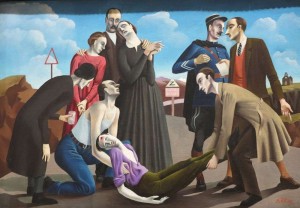 I was hanging around and started talking to a man. He was in his sixties. He started to speak about the picture right. I saw a tragedy. He said the picture brought him warm and happy memories of the days of learning to drive a car. The freedom to go where ever you want. He acknowledges and talked about the tragedy and the interrogation but was overwhelmed by his positive memories. It’s amazing how previous experience can change your perception.
I was hanging around and started talking to a man. He was in his sixties. He started to speak about the picture right. I saw a tragedy. He said the picture brought him warm and happy memories of the days of learning to drive a car. The freedom to go where ever you want. He acknowledges and talked about the tragedy and the interrogation but was overwhelmed by his positive memories. It’s amazing how previous experience can change your perception.
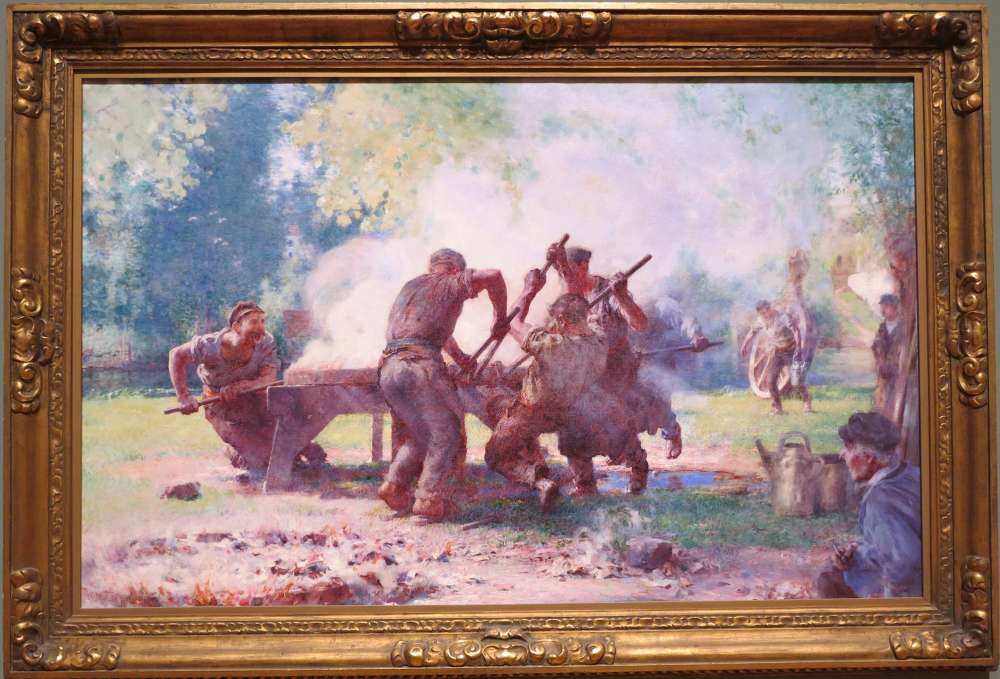
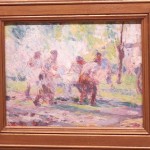

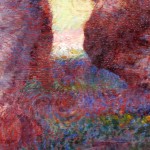
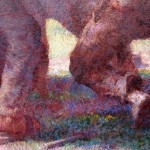
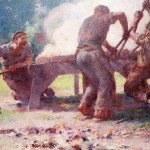
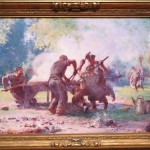
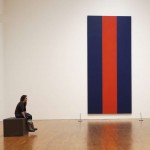

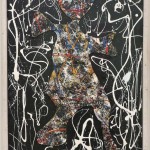
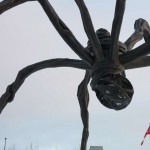
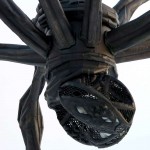
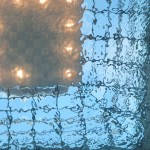

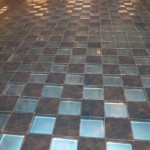
The Smiths is on tour in Hamilton http://www.ngcmagazine.ca/correspondents/into-the-light-the-paintings-of-william-blair-bruce-at-the-art-gallery-of-hamilton